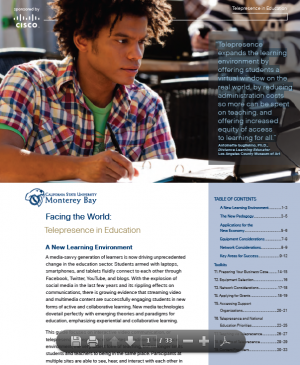Is the product safe to use? I have been asked this question on occasion in a non-technical sense and maybe you have too. In a technical context, I could frame the question as “Are the online services and underlying technologies supporting my services safe?” A continuous effort must go into substantiating the preferable answer (“Yes”) that we are looking for, both prior to and after releasing a product or service into the wild. Security Intelligence Operations (SIO) includes a team of network security experts that form the Security Technology Assessment Team (STAT). They provide security assessment expertise across Cisco’s product and services organizations. In this article, I elaborate on their role and how they complement product and services organizations at Cisco in helping to protect you, our customer.
In the not-so-distant past it used to be that the majority of notoriety around product security was focused more around physical aspects. For example, a manufacturer announces a product recall about a defect (i.e. vulnerability) that could cause potential physical harm or worse. Fast-forward to today where computing devices and associated Internet plumbing comprise an entirely distinct category of product security needed. Within that category, I would also suggest that services and the underlying supporting infrastructure would also fall into this category in the ongoing quest for achieving network security. I think that this quote from a U.S. government hearing underscores the value of that quest as well.
“When we bring in new technologies, we bring in new exposures and new vulnerabilities, things we really haven’t thought about. It takes a little while before we understand it, and after a while we begin to secure it. But our mindset needs to change. This is not the same as industrial technologies or new ways of doing aircraft or cars. These technologies are global and they expose us globally, literally within milliseconds.”
 Business units and quality assurance groups at Cisco apply multi-level security processes throughout the development of products and services to ensure that security is embedded into everything that is ultimately delivered to customers. For example, Cisco’s secure development life cycle (SDL) provides a highly effective process in detecting and preventing security vulnerabilities and improving overall system quality. Cisco SDL has several elements that include, but not limited to, source code analysis and white box testing that feed into the security posture of a product or service. Cisco has a security advocates program, a virtual community of people who understand network security and secure product development (and testing) and who can share and evangelize that knowledge with their peers, their colleagues, and their management.
Business units and quality assurance groups at Cisco apply multi-level security processes throughout the development of products and services to ensure that security is embedded into everything that is ultimately delivered to customers. For example, Cisco’s secure development life cycle (SDL) provides a highly effective process in detecting and preventing security vulnerabilities and improving overall system quality. Cisco SDL has several elements that include, but not limited to, source code analysis and white box testing that feed into the security posture of a product or service. Cisco has a security advocates program, a virtual community of people who understand network security and secure product development (and testing) and who can share and evangelize that knowledge with their peers, their colleagues, and their management.
Continue reading “Security Assessments: More Than Meets the Eye”

CONNECT WITH US